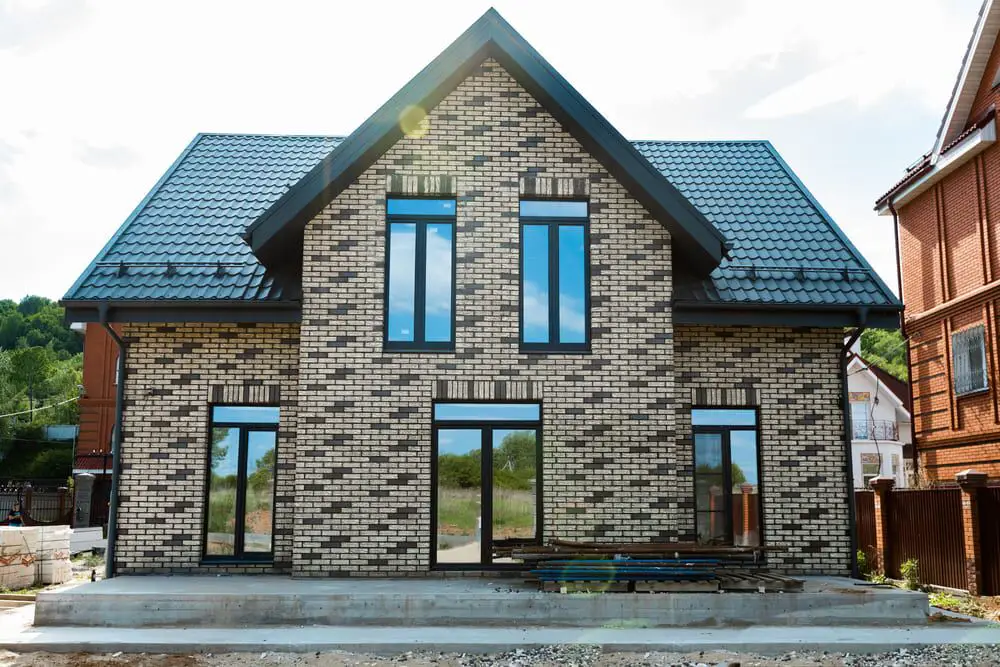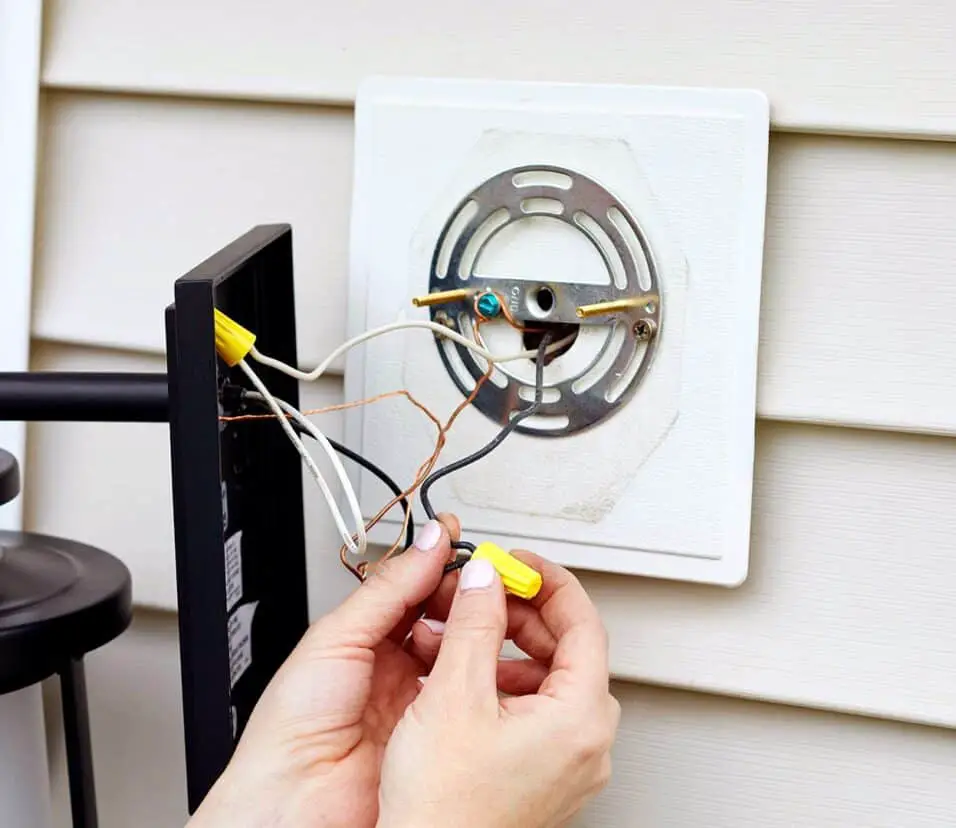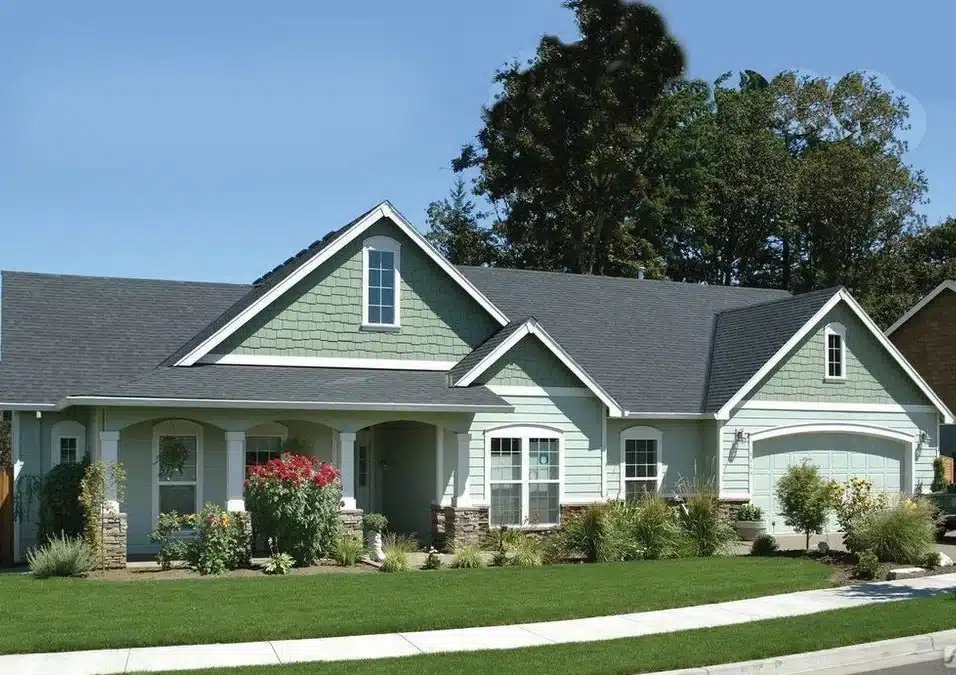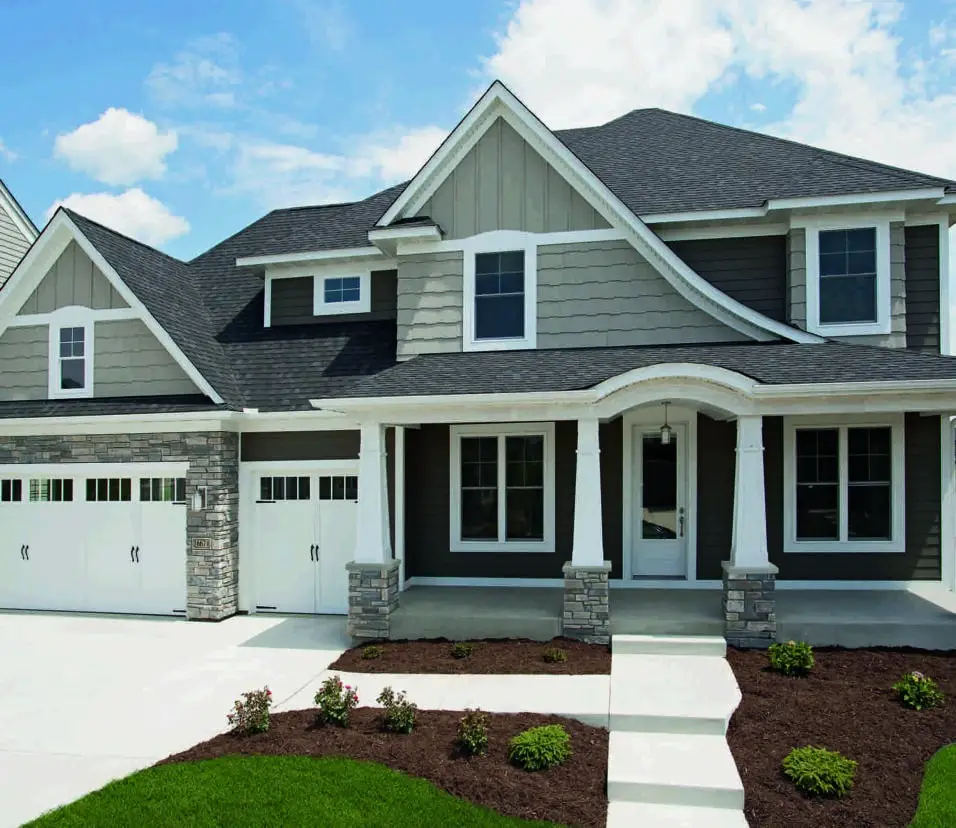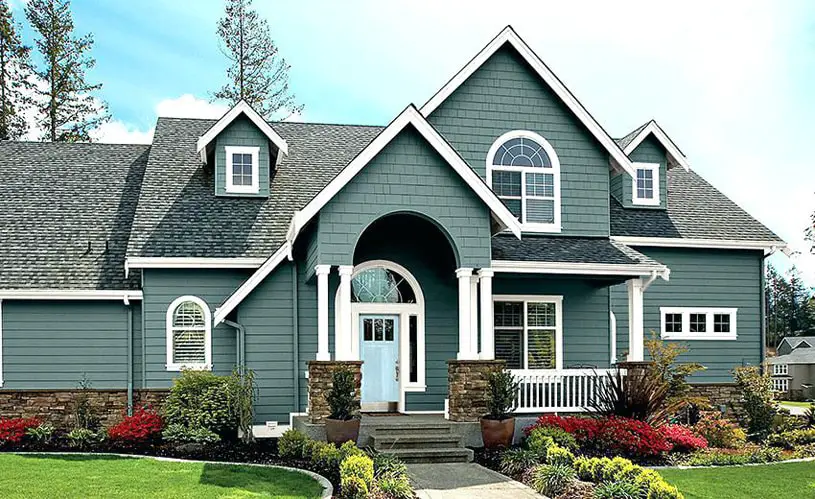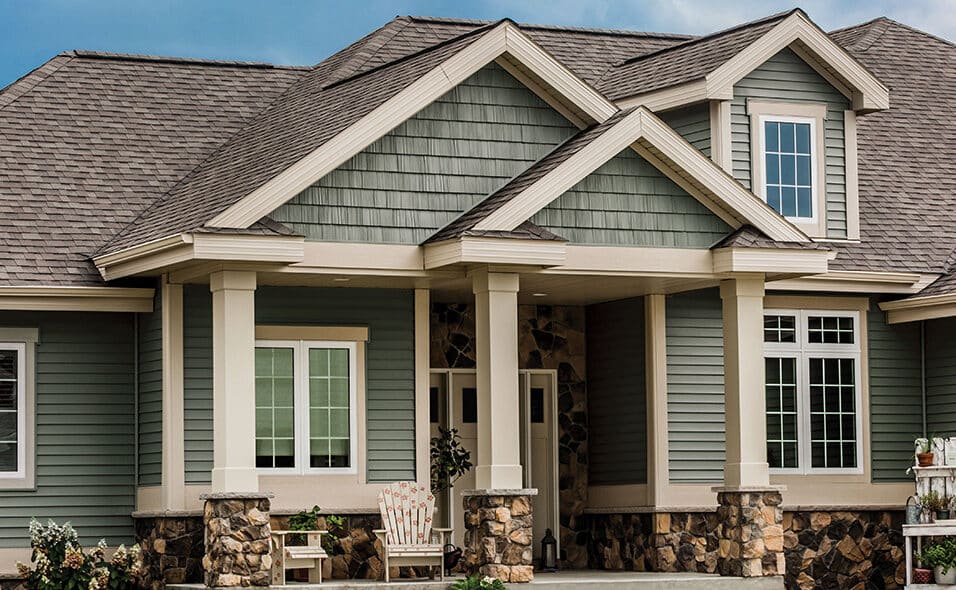How Thick Is Brick Veneer
Introduction
How Thick Is Brick Veneer: In the world of construction and architecture, the thickness of building materials plays a crucial role in determining the structural integrity, aesthetics, and functionality of a structure. One such material of interest is brick veneer, a popular choice for its timeless appeal and versatility in design. In this exploration of “How Thick Is Brick Veneer,” we delve into the intricacies of this architectural component, shedding light on its various dimensions, applications, and the factors that influence its thickness.
As we embark on this journey, we’ll uncover the key dimensions that define brick veneer, including its thickness, width, and length. We’ll also explore the different considerations that come into play when choosing the appropriate thickness for specific construction projects, whether residential, commercial, or historical restoration.
Understanding the thickness of brick veneer is not only essential for architects and builders but also for homeowners and enthusiasts seeking to make informed decisions about their construction and renovation projects. Join us as we unravel the secrets behind the dimensions of brick veneer, offering valuable insights into how this material shapes the world of architecture.
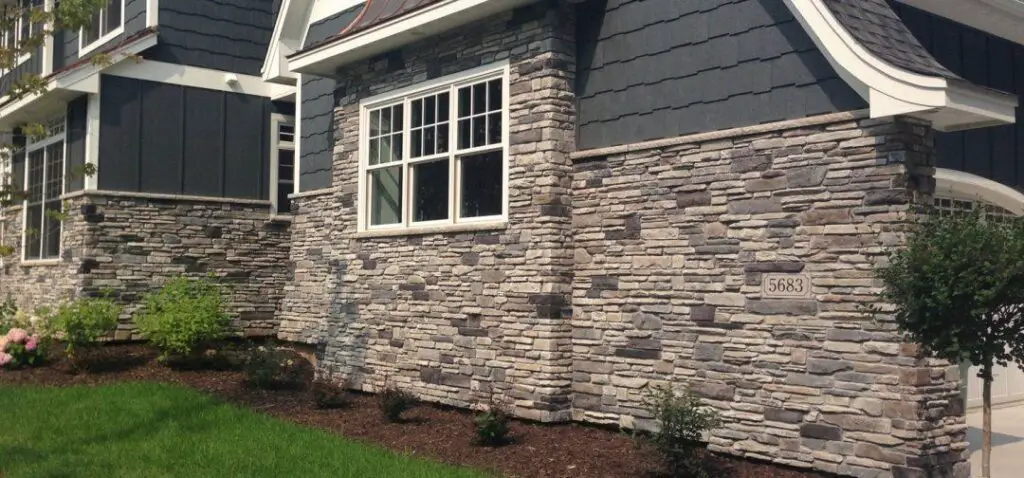
How thick is brick facade?
Face brick is the real deal. They can very in thickness but the common thickness is 3.5”. These are the ones you’d picture in your mind when you think about a brick. The installation method of face brick is mounting a steel angle iron at the starting point (typically into your foundation for the strongest application).
Brick facade thickness depends on architectural design and construction. Brick facades are decorative layers of full-sized bricks over underlying walls or structures. This facade might be 4 to 6 inches (100 to 150 millimeters) thick or more, depending on the design aesthetic and architectural elements.
The thickness of the brick facade depends on brick size, mortar joint depth, and whether the wall assembly has additional insulation or backing components. Architectural details, window and door openings, and decorative components can also affect facade thickness.
A brick facade’s main purpose is to improve a building’s appearance and provide some weather protection. It does not normally support the building because the load-bearing structure is usually behind the front.
How thick is double brick veneer?
Double brick walls might be around 240mm to 250mm in thickness with a cavity of around 30mm to 50mm. The outer-facing wall might be around 105mm, whilst the inner wall could be around 85mm or up to 105mm or 110mm as well.
Two layers of brick veneer separated by an air gap or cavity are called double brick veneer. The thickness of double brick veneer depends on the brick size and cavity width. Both layers and the hollow of double brick veneer can be 8 to 12 inches (200 to 300 millimeters) thick.
Here’s a breakdown of the components in double brick veneer construction:
Outer Brick Veneer: The outer layer of brick veneer is typically around 2 to 4 inches (50 to 100 millimeters) thick. This layer serves as the decorative facade and provides weather resistance.
Cavity: The air gap or cavity between the two brick veneer layers is essential for moisture management and insulation. It usually measures around 2 to 4 inches (50 to 100 millimeters) wide.
Inner Brick Veneer: The inner layer of brick veneer, which is also decorative, has a similar thickness to the outer veneer, typically around 2 to 4 inches (50 to 100 millimeters).
The width of the cavity between the veneer layers is a critical aspect of double brick veneer construction, as it contributes to the building’s thermal performance and moisture control. The specific thicknesses of each component can vary based on the architectural design, insulation requirements, and local building codes.
How thin is thin brick veneer?
Standard Specification for Thin Veneer Brick Units Made From Clay or Shale. – “In this specification, the term thin veneer brick shall be understood to mean clay masonry unit with a maximum thickness of 1-3/4″.”
Thin brick veneer, as the name suggests, is characterized by its reduced thickness compared to standard brick veneer. Thin brick veneer typically has a thickness of approximately 0.5 to 1 inch (12 to 25 millimeters). This thinner profile allows it to be applied more easily to various surfaces, including walls, ceilings, and even curved or irregular structures.
Thin brick veneer retains the appearance and texture of traditional bricks but is significantly lighter and more flexible. It offers versatility in design and is often used for interior and exterior applications where space or weight constraints make standard brick impractical. Thin brick veneer can be installed using adhesive or mortar, making it a popular choice for renovation projects and creative architectural designs.
The reduced thickness of thin brick veneer also contributes to its cost-effectiveness, as it requires fewer materials and may involve less labor compared to standard brick veneer or full brick construction. However, it’s important to follow manufacturer recommendations and industry best practices for proper installation to ensure the durability and longevity of thin brick veneer applications.
How thick is brick veneer in MM?
conventional (brick veneer) wall system is most common and generally consists of 110 mm brick veneer, 40 mm air gap and 90 mm timber stud structure filled with 5 mm sisalation foil insulator. The internal wall is generally made of 10 mm plaster board.
Brick veneer thickness is typically expressed in inches rather than millimeters, especially in regions that use the imperial measurement system. In the United States and other countries following imperial units, brick veneer typically ranges from approximately 2 to 4 inches in thickness, which roughly translates to about 50.8 to 101.6 millimeters in millimetric units.
It’s crucial to understand that specific brick veneer products and construction methods may exhibit slight variations in thickness. The exact thickness can be influenced by architectural design choices, insulation requirements, and adherence to local building codes.
When working with millimetric measurements, here’s a rough conversion:
- Approximately 2 inches = 50.8 millimeters
- Approximately 4 inches = 101.6 millimeters
These conversions provide a general idea of the thickness of brick veneer in millimeters. However, always consult the project’s architects, engineers, or contractors for precise information on brick veneer thickness, as it can vary based on the specific requirements and construction standards applicable to the project.
Is brick veneer cheaper than brick?
Brick veneer is a more cost-effective way to get the look and feel of solid brick. On average, you can expect to pay $4.00 to $10.00 per square foot. Since brick veneer is much easier to install than solid brick, you can also bypass the cost of hiring a mason.
Yes, brick veneer is typically cheaper than full brick construction. Several factors contribute to the cost-effectiveness of brick veneer:
Material Savings
Brick veneer uses thinner bricks, typically around 1 inch (25 millimeters) thick, compared to full-sized bricks that are 2.25 to 2.75 inches (57 to 70 millimeters) thick. This results in material savings, as fewer bricks are needed to cover the same area.
Labor Costs
The installation of brick veneer is generally less labor-intensive than full brick construction. Veneer bricks are applied as a façade over other wall materials, such as wood framing or concrete block, reducing the time and labor required for construction.
Foundation Requirements
Brick veneer does not impose the same structural load on the foundation as full brick construction. This can lead to cost savings in foundation design and construction.
Design Flexibility
Brick veneer offers design flexibility, allowing for various patterns and configurations. This flexibility can result in cost savings by accommodating different architectural styles and preferences without the need for custom brick sizes.
Insulation Options
Brick veneer can incorporate insulation materials, contributing to energy efficiency and potentially reducing long-term heating and cooling costs.
Maintenance Costs
Both brick veneer and full brick are low-maintenance, although repairing veneer is cheaper than fixing whole brick walls.
Brick veneer cost savings vary dependent on design, brick type, and area labor and material costs. Brick veneer strikes a compromise between cost and brick exterior aesthetics for many builders and homeowners.
Is brick veneer strong?
Brick veneer homes also meet building code insulation requirements. However, brick veneer homes are not as strong and durable as brick homes and do not last as long. Brick homes can last hundreds of years and stand up to heavy winds and frequent earthquakes, and are impervious to insect damage.
Brick veneer is a structurally sound building material that offers strength suitable for its intended purpose. However, it’s important to clarify that brick veneer does not provide the same level of structural strength as full-sized bricks used in load-bearing walls. Instead, brick veneer serves as a decorative and protective cladding applied over an underlying wall or structure.
Here are key considerations regarding the strength of brick veneer:
Adequate Strength for Its Purpose
Brick veneer is designed and manufactured to meet the structural requirements of being an exterior facing material. It possesses sufficient strength to support its weight when applied as a decorative facade and to withstand typical environmental conditions.
Non-Load-Bearing
Brick veneer does not function as a load-bearing or structural component of a building. The load-bearing capacity of a structure is typically provided by the underlying wall, such as wood framing or concrete block, which bears the weight of the building.
Resistance to Environmental Factors
Brick veneer is resistant to weathering, including exposure to rain, snow, wind, and temperature fluctuations. It maintains its structural integrity and appearance over time.
Durability
Brick veneer is durable and can withstand the effects of normal wear and tear. It is not susceptible to rot, decay, or insect damage, contributing to its long lifespan.
Low Maintenance
Brick veneer requires minimal maintenance to retain its strength and appearance. Periodic inspections and repairs of mortar joints may be necessary, but these are relatively straightforward and cost-effective.
Versatility
Brick veneer is versatile in design, allowing for various patterns, colors, and textures. This versatility contributes to its strength in architectural aesthetics.
In summary, brick veneer is structurally strong and well-suited for its intended purpose as a decorative and protective exterior cladding. When installed correctly and maintained properly, it offers the durability and strength required to withstand environmental factors and provide lasting beauty to buildings.
How thick is thin veneer?
In terms of dimensions, natural thin stone veneer ranges in thickness from a minimum of ¾ inches to a maximum of 1½ inches. The product weighs less than 15 pounds per square foot. The benefits of utilizing natural stone veneer in your building project are numerous.
Thin veneer brick is thinner than ordinary brick veneer or full-sized bricks. Thin veneer brick is usually 0.5 to 1 inch thick. This thinner profile makes it easier to apply to walls, ceilings, and curved or uneven constructions.
Thin veneer brick is useful for interior and exterior applications when space or weight constraints make conventional brick impracticable due to its decreased weight and flexibility. Adhesive or mortar can install thin veneer brick, making it suitable for design and renovation applications.
Thin veneer brick looks and feels like traditional bricks, giving it a realistic and appealing finish. Its many hues, textures, and patterns allow creative freedom while keeping brick’s ageless appeal.
Thin veneer brick is cheaper than conventional brick veneer or complete brick building since it takes fewer materials and labor. Thin veneer brick applications must be installed properly and follow manufacturer specifications to last.
What is the gap between brick veneer and wall?
Those gaps are called “weep holes” — a building code requirement that drains water out of brick exterior walls. Typically, behind the brick is a 1.5-inch cavity or air space and then the wood structure.
The gap between brick veneer and the underlying wall, often referred to as the “cavity” or “air gap,” is a critical component of brick veneer construction. This gap serves several important functions in the building envelope, including moisture management, insulation, and structural separation.
The width of the gap between brick veneer and the wall can vary depending on regional building codes, design considerations, and construction practices. In general, the cavity width for brick veneer typically ranges from approximately 2 to 4 inches (50 to 100 millimeters). However, it’s essential to consult local building codes and follow the specific requirements of your project.
Key functions of the gap between brick veneer and the wall include:
Moisture Management
The gap allows for drainage and ventilation, helping to redirect moisture away from the wall’s interior and prevent water infiltration. Weep holes or vents are often incorporated at the base of the cavity to facilitate drainage.
Insulation
In some cases, insulation materials may be placed within the cavity to improve energy efficiency and thermal performance. The gap provides space for insulation without compromising the appearance of the brick veneer.
Structural Separation
The cavity helps separate the brick veneer from the underlying wall, preventing direct contact and potential transfer of structural loads. This separation is crucial for ensuring that the load-bearing structure is not compromised.
Expansion and Contraction
The gap accommodates the expansion and contraction of building materials due to temperature fluctuations. This flexibility reduces the risk of cracks and damage to the veneer.
Brick veneer systems need proper design and construction, including gap width and control, to last. Work with professional architects, engineers, and builders that know local building codes and brick veneer construction best practices.
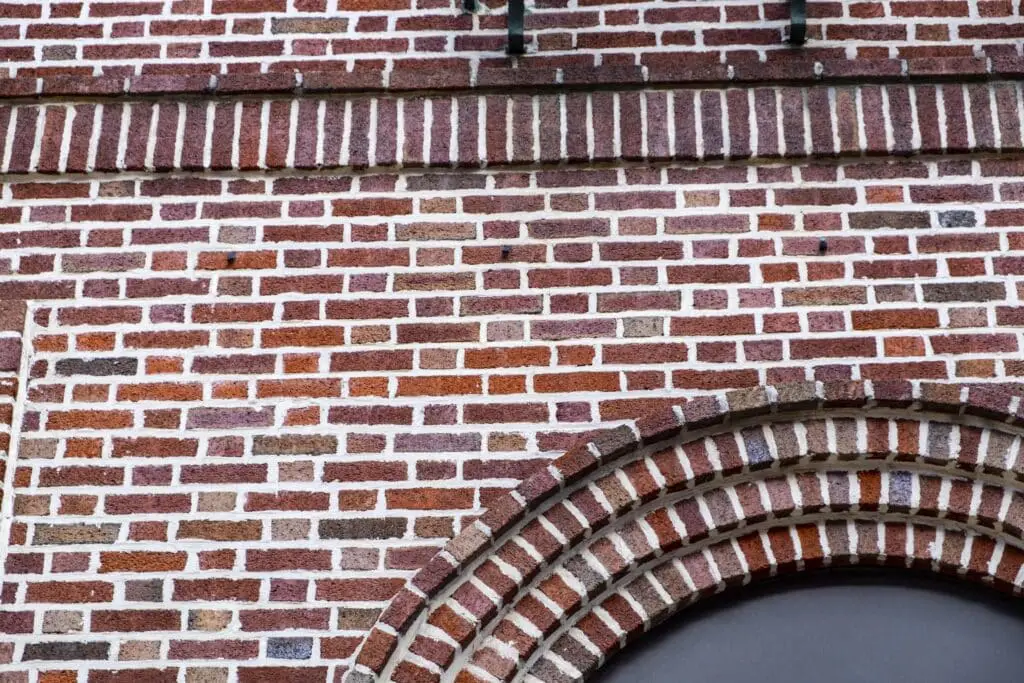
Conclusion
The thickness of brick veneer is a critical dimension that influences both the structural and aesthetic aspects of a building. As we’ve discovered in this exploration, brick veneer comes in various thicknesses, typically ranging from 1 inch to 2 inches. The choice of thickness depends on several factors, including the architectural design, structural requirements, and regional building codes.
For architects and builders, selecting the appropriate thin brick veneer is a strategic decision that balances design preferences with structural considerations. Thicker veneer offers greater durability and insulation properties but may require more substantial support. Thinner veneer, on the other hand, provides versatility in design and may be suitable for projects with specific aesthetic goals.
Understanding brick veneer thickness helps homeowners and property owners make informed construction and renovation decisions. Experienced professionals should help choose the proper veneer thickness based on the project’s goals and requirements.
The thickness of brick veneer balances construction art and science, providing both aesthetics and utility. Brick veneer thickness influences the built environment, whether it’s decorating a modern home, maintaining historical architecture, or improving a commercial structure.



